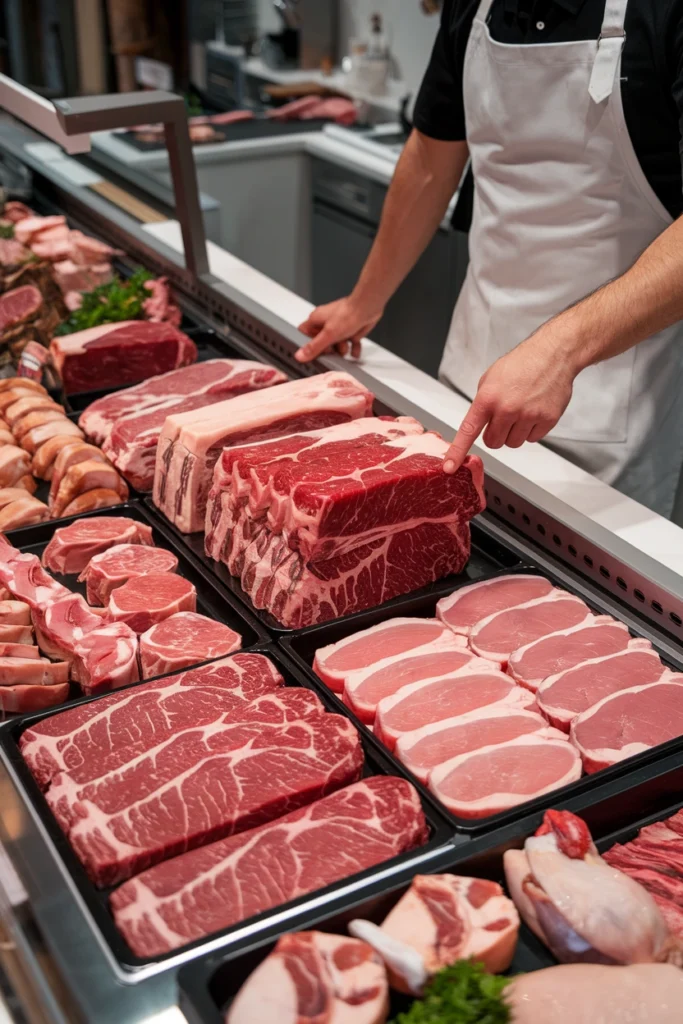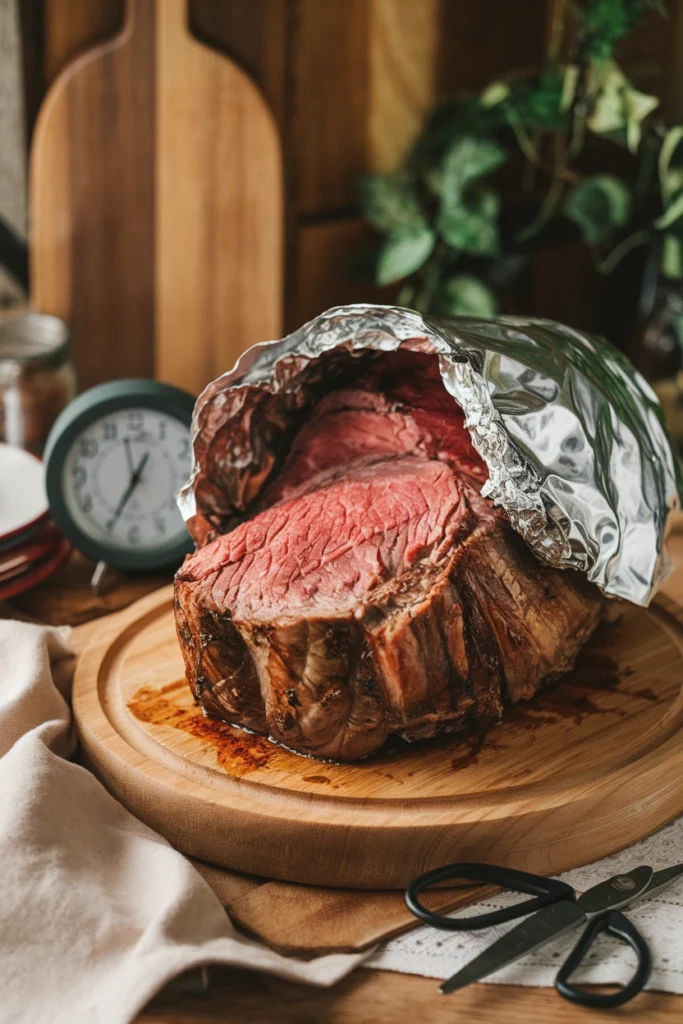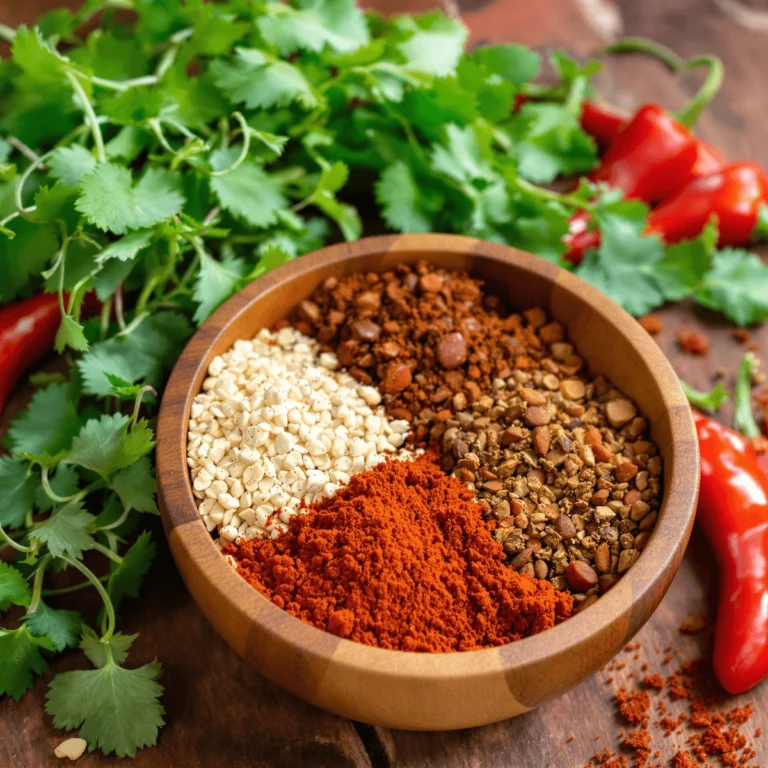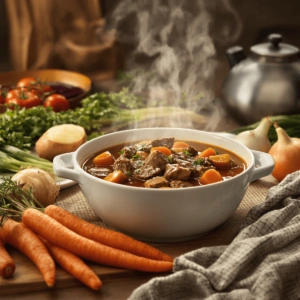The Best Healthy recipes & Workout you will fall in love with. Full of tips and tricks to help you make the best Version of You .

Table of Contents
Table of Contents
The Art of Cooking Meat to Perfection
The sizzle of a perfectly seared steak, the aroma of a slow-roasted roast, the tender bite of braised short ribs – these experiences create unforgettable dining moments for your guests. Mastering the 5 best ways to cook meat transforms ordinary meals into extraordinary culinary events.
A well-prepared meat dish stands as the centerpiece of memorable gatherings. Whether you’re hosting an intimate dinner party or a special celebration, your ability to cook meat properly can make or break the dining experience.
The secret lies in understanding fundamental cooking techniques that bring out the best in every cut. From selecting prime cuts to achieving the perfect doneness, each step plays a crucial role in creating dishes that will leave your guests impressed.
In this guide, we’ll explore proven methods to elevate your meat cooking skills. You’ll discover:
- Essential techniques for different cuts
- Temperature control secrets
- Professional seasoning methods
- Proper resting techniques
- Expert tips for consistent results
1. Choose Quality Meat
The foundation of an impressive meat dish lies in selecting premium cuts. High-quality meat delivers superior taste, texture, and nutritional value – essential elements that can make or break your culinary creation.

- Bright, vibrant color specific to the meat type
- Beef: Deep red to purple-red
- Pork: Pink-gray to rose
- Chicken: Pink without discoloration
- Firm texture that springs back when pressed
- Minimal to no odor
- Clear marbling patterns in premium cuts
- Build relationships with local butchers who:
- Provide detailed information about meat origins
- Offer custom cuts
- Share storage and preparation advice
- Look for meat that’s:
- Properly refrigerated
- Free from excessive liquid in packaging
- Clearly labeled with processing dates
Premium cuts from trusted sources might cost more, but they reward you with better flavor, texture, and consistency in cooking results. Local butchers often provide valuable insights about their products, helping you make informed choices for your specific cooking needs.
2. Season and Marinate Right
Proper seasoning transforms ordinary meat into an extraordinary culinary experience. Salt and pepper create the foundation of meat seasoning – apply them generously and evenly across all surfaces. Coarse kosher salt works best, allowing for better control and distribution.
Perfect Timing for Seasoning:
- 40 minutes before cooking: Minimum time for salt to penetrate
- 2-4 hours: Ideal for most cuts
- Overnight: Best for thick cuts and roasts
The Ultimate Marinade Formula:
- Fat (olive oil, butter) – tenderizes and carries flavors
- Acid (vinegar, citrus, wine) – breaks down muscle fibers
- Aromatics (herbs, garlic, spices) – infuses depth
Marinade Times by Cut:
- Tender cuts (filet mignon, ribeye): 2-4 hours
- Medium cuts (pork chops, chicken): 4-6 hours
- Tough cuts (flank steak, skirt): 8-12 hours
Pro tip: Never reuse marinades. Create a separate batch for basting during cooking to prevent cross-contamination and enhance flavor development.
3. Master Temperature Control
Getting the temperature just right is what separates perfectly cooked meat from a disappointing meal. That’s why having a trustworthy meat thermometer is so important. It takes away any guesswork and guarantees that your dishes turn out consistently delicious.
Essential Internal Temperature Guidelines:
Beef
- Rare: 125°F (52°C)
- Medium-rare: 135°F (57°C)
- Medium: 145°F (63°C)
- Well-done: 160°F (71°C)
Poultry
- Chicken/Turkey: 165°F (74°C)
- Duck/Game Birds: 155°F (68°C)
Pork
- Medium: 145°F (63°C)
- Ground Pork: 160°F (71°C)
Here’s something interesting to know: when you take meat off the heat, it keeps cooking on the inside for a little while longer. This is called carryover cooking, and it can raise the internal temperature by about 5-10°F during resting. To get the most accurate readings, stick your thermometer into the thickest part of the meat, making sure to avoid any fat or bone. If you’re dealing with thick cuts of meat, don’t forget to check multiple spots to ensure everything is cooked evenly.
Pro tip: When you’re cooking meat, it’s best to take it off the heat when it’s about 5-10°F below your desired temperature. This way, you can account for carryover cooking and make sure your meat reaches its target temperature.
4. Select the Best Cooking Technique
Each cut of meat requires a specific cooking method to bring out its best flavor and texture. Here’s how to choose the right technique for different cuts:
Tender Cuts (Ribeye, Tenderloin, Strip Steak)
- Grilling at 400-450°F creates perfect charred exteriors
- Pan-searing in cast iron develops rich, crusty surfaces
- Quick cooking preserves natural juices and tenderness
- Direct heat exposure: 4-5 minutes per side
Tough Cuts (Brisket, Chuck, Short Ribs)
- Braising at 300°F breaks down connective tissues
- Slow roasting transforms tough meat into tender bites
- Dutch oven cooking with liquid: 2-3 hours minimum
- Low heat + moisture = melt-in-your-mouth results
Specialty Techniques
- Reverse searing for thick steaks: start low, finish high
- Sous vide cooking ensures edge-to-edge consistency
- Smoking adds depth while tenderizing tough cuts
- Stir-frying thin strips works for any cut when sliced properly
The right technique can turn even inexpensive cuts into impressive meals. For example, a tough chuck roast becomes fork-tender through braising, while a premium ribeye reaches its peak flavor with a quick sear.
5. Let the Meat Rest Before Serving
The secret to juicy, flavorful meat lies in the crucial resting period after cooking. During the cooking process, intense heat forces meat’s natural juices toward its center. A proper rest allows these juices to redistribute throughout the cut, ensuring each bite remains succulent and tender.

Optimal Resting Times by Cut Size:
- Thin cuts (steaks, chops): 5-7 minutes
- Medium cuts (roast chicken): 10-15 minutes
- Large cuts (prime rib, turkey): 20-30 minutes
- Extra-large cuts (whole brisket): 30-45 minutes
- Place meat on a warm plate or cutting board
- Create a loose foil tent to maintain warmth without trapping steam
- Keep the meat away from drafts
- Avoid cutting or piercing during the rest period
- Remove the foil tent if you want to preserve a crispy exterior
The internal temperature will rise 5-10°F during resting through carryover cooking. This natural process completes the cooking while the meat’s muscle fibers relax and reabsorb their flavorful juices.
Bonus Tips for Perfect Results Every Time!
Take your meat cooking skills to the next level with these professional kitchen secrets:
Pre-Cooking Excellence:
- Remove meat from refrigeration 30-60 minutes before cooking
- Pat the surface completely dry with paper towels
- Brush with high-smoke-point oils like avocado or grapeseed
Aromatic Enhancement:
- Create an herb bundle with rosemary, thyme, and sage
- Place crushed garlic cloves and shallots around larger cuts
- Add butter-basted herbs during the final cooking minutes
Critical Mistakes to Dodge:
- Never use cold pans – preheat properly
- Avoid pressing down on meat while cooking
- Skip frequent temperature checks – limit to once or twice
- Don’t slice meat on a flat surface – use a grooved cutting board to catch juices
Pro-Level Techniques:
- Score fat caps in a diamond pattern
- Create an herb-infused butter for basting
- Use a cast-iron skillet for optimal heat distribution
Conclusion: Master These Techniques To Elevate Your Meat Dishes!
These 5 best ways to cook meat transform ordinary cuts into extraordinary dishes. Each technique builds upon the other – from selecting premium cuts to mastering the art of resting. Your dedication to practicing these methods will yield consistently impressive results.
Start with one technique at a time:
- Perfect your seasoning blend
- Practice temperature control
- Experiment with cooking methods
The journey to becoming a skilled meat cook happens one dish at a time. Share your culinary victories in the comments below, and explore our collection of meat recipes to put these techniques into action. Your guests will taste the difference in every bite you serve.
Ready to start cooking? Choose your cut, apply these techniques, and create a memorable dining experience.
FAQs (Frequently Asked Questions)
What are the 5 best ways to cook meat?
The 5 best ways to cook meat include choosing quality meat, seasoning and marinating correctly, mastering temperature control, selecting the best cooking technique, and letting the meat rest before serving. These methods will enhance your culinary skills and impress your guests.
Why is it important to choose quality meat?
Choosing quality meat is crucial as it greatly affects the flavor and texture of your dishes. Fresh meat should have a vibrant color and firm texture. Sourcing from trusted local butchers ensures you get high-quality ingredients that yield better cooking results.
How should I season and marinate meat for optimal flavor?
To season meat effectively, apply salt and pepper generously. Timing is key; seasoning can be done anywhere from 40 minutes to overnight before cooking. For marinating, use a formula of fat, acid, and aromatics tailored to different cuts of meat to enhance their flavors.
What role does temperature control play in cooking meat?
Precise temperature control is vital for achieving the desired doneness in meat. Using a meat thermometer helps ensure that meats reach recommended internal temperatures. Understanding carryover cooking also allows you to anticipate changes in temperature after removing the meat from heat.
What are the best cooking techniques for different cuts of meat?
For tender cuts of meat, high-heat methods like grilling or pan-searing work best. In contrast, tougher cuts benefit from slow cooking techniques such as braising or roasting. Matching the right technique with the cut type ensures optimal tenderness and flavor.
Why should I let my meat rest before serving?
Resting meat is essential as it allows juices to redistribute throughout the cut, resulting in juicier results. Guidelines suggest resting times vary based on cut size, and covering with foil during this time helps maintain warmth while preparing for serving.






